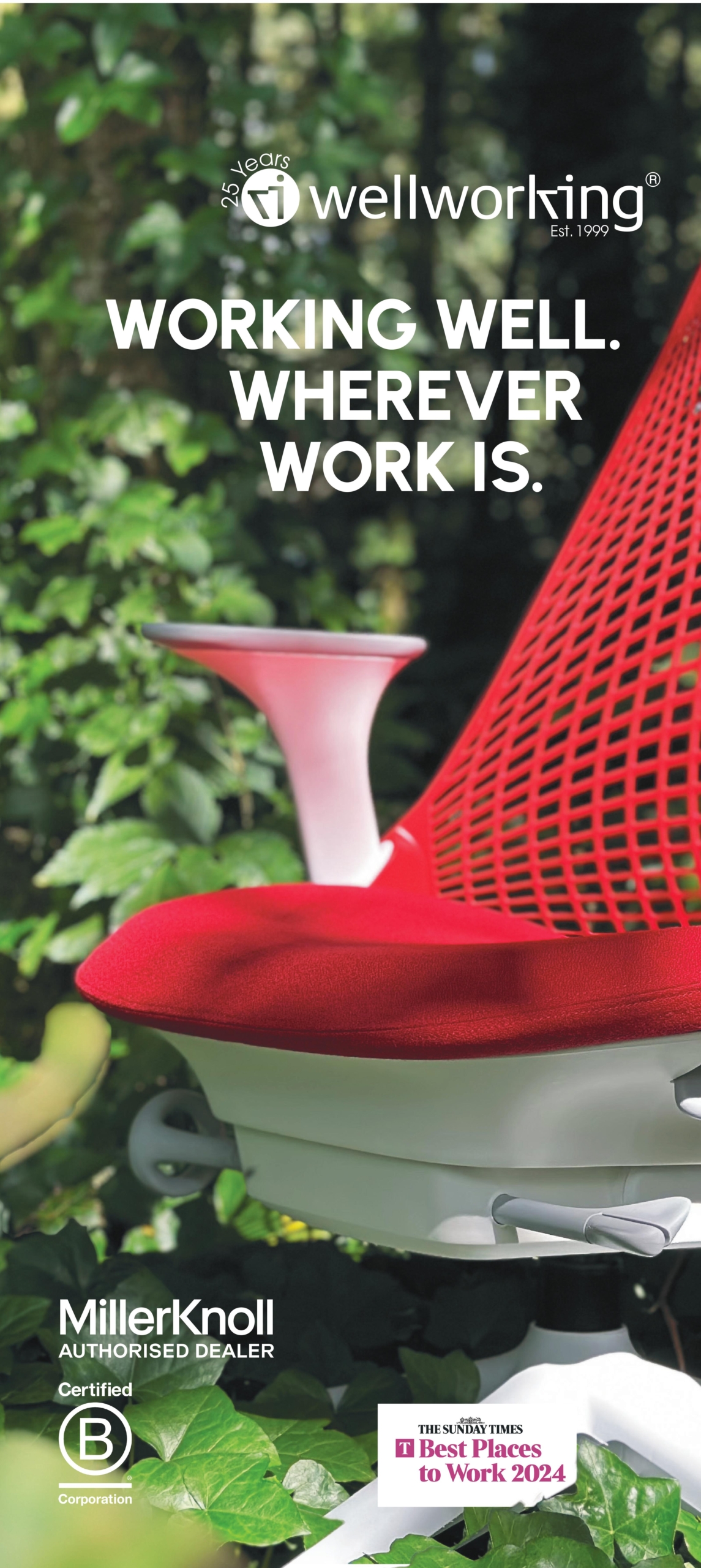June 11, 2013
Construction sector is digging its way out of recession
The UK’s Employment Outlook is looking firmly positive, according to ManpowerGroup, and it’s being driven by an upturn in construction and a buoyant London economy. “As we head into the summer months, the UK jobs market is not too hot, but not too cold either. It’s all about the Three ‘C’s: Construction, the Capital, and Consistency,” said ManpowerGroup UK Managing Director, Mark Cahill. The first ‘C’ is for Construction, the most improved sector this quarter, up by five points, which is positive news as construction has been a huge drag on the whole UK economy, and is one of the main reasons we’ve had a double dip recession. Now ManpowerGroup reports it is starting to see rising demand for skills across the board, particularly in skilled trades and engineers. More →





















June 12, 2013
Real demographic challenge as number of older workers tops one million
by Sara Bean • Comment, Legal news, News, Workplace
The latest employment figures published today by the Office for National Statistics (ONS) show an interesting demographic trend. Beneath the rather unexceptional news that employment rose by 24,000 and unemployment fell by 5,000 in the three months to April, is what Jim Hillage, Director of Research at the Institute for Employment Studies (IES) describes as “underlying structural changes in the labour market”. The number of employed people over 65 in the UK has now reached more than a million (1,003,000), the highest since records began in 1971. This means that almost one in ten of over-65s are now in work.
More →